Floor Trim and Molding Buying Guide: What You Need to Know
By Ari Ziskin
| Fact Checked By: Ashley De Zeeuw
Published: December 27, 2016 | Updated: January 19, 2022
Trim and molding are essential parts of any flooring renovation project. But why? Before you install your gorgeous new floors, it’s important to know what floor trim and molding are, and why they’re necessary.
From flooring transitions to baseboards, there are so many trims to choose from. To help you narrow down your options, this guide will show you more about why we use floor trim and explain the different types of floor trim.
Floor Trim Molding Explained
Trims and moldings are flooring edge pieces used to transition your floor to stairs, another floor, or walls. They are the finishing touches on your picture-perfect floor.
These transition pieces come in many forms and are often made out of different materials, such as rubber, vinyl, medium-density fiberboard (MDF), and more. You can easily install these trims wherever you need them.
What’s the Difference Between Trim and Molding?
Trim and molding are very similar but not the same thing. Trim is a general term describing the edge material used around doors, windows, between different floors, and on walls and ceilings.
Molding is a type of trim, but it’s a more grand, decorative version. For instance, baseboard molding is a decorative trim that transitions floors to walls and creates a custom look in the home.
| Related Content >> What is a Floating Floor Installation? |
How to Choose Floor Transitions and Baseboards
When trying to find the perfect finishing touch for your floors and walls, a few key factors come into play.
- Location: Some trims and moldings work in several locations, but others are better suited to particular areas. Start with the location to rule out inappropriate options, then you can move onto the more detailed decisions.
- Floor-type: Typically, you want your trim/molding to match your floor. Thankfully, there are trims made of rubber, vinyl, or MDF to match most flooring types.
- Size: When it comes to transition pieces, size matters. It’s important to find baseboards, casings, and other trims that fit and look good on your walls and floors.
- Style: This is where you get to choose what appeals to you and what will fit your space. Take home some samples first to get a good idea of how it all looks in person.
Types of Trim and Molding
Now that you have an idea of what to look for, let’s go over the different trim and molding options.
Quarter Round Trim
A quarter round is a short baseboard made from a quarter of a circle round. This type of trim is simple and often used as wall trim or coupled with a taller baseboard to create a custom look in your home.
Quarter round trim is especially helpful when you have an expansion gap between the floor and the wall. Almost all flooring expands and contracts in changing temperatures, so having a trim to cover the gap will help your floors look great all year round.
- Where To Use It: For floor to wall transition spaces. It can also be used against baseboards.
- Compatible Flooring: vinyl, carpet, wood, laminate
T-Molding
Use a T-mold if you’re transitioning between two floors that are level with each other.
T-molding is also used to join together two hard surfaces like tile and wood, or even two different tiles or wood planks. The t-molding gives you a nice transition that is easy on the eyes and keeps things looking sharp and connected.
- Where To Use It: Between two hard surface floors to transition one floor to the next.
- Compatible Flooring: vinyl, wood, laminate
| Related Content >> How to Install Laminate Flooring on Walls |
Floor Reducer Trim and Molding
Reducer pieces work with transitions where one floor is higher than the other. For instance, if your living room has hardwood and your kitchen has tile, reducers help compensate for the height difference of each floor so you don’t trip when moving from room to room.
- Where To Use It: For floor to floor transitions in which one floor is taller than the other.
- Compatible Flooring: vinyl, carpet, wood, laminate, rubber
Floor Thresholds and End Caps
Similar to reducers, thresholds and end caps help transition between different floors. But instead of a gradual slope, like a reducer, these pieces have a stair-step appearance from one height floor to the next. They also work more with different texture floors like carpet transitioning hard surface floors to help make it look more natural.
These types of trims are so similar, you can use an end cap anywhere you’d use a threshold. The main difference between the two is that sometimes threshold pieces have a rounded off square edge appearance, whereas end caps have a more squared-off edge.
- Where To Use It: Between two floors of any kind that are different heights.
- Compatible Flooring: vinyl, carpet, wood, laminate
SHOP FLOOR THRESHOLDS AND END CAPS
Stair Nose Trim
This trim is essentially the edge of a stair step. A stair nose helps protect your stairs from wear and tear, softens hard corners, and makes the steps safer.
In addition to keeping your floor safe and strong, the stair nose adds a stylish finished look to your staircase. The good news is there are a lot of different styles and looks in the stair nose category. You can pick any option that goes with your floor – it’s up to your style.
- Where To Use It: On the edges of stair steps to absorb foot traffic.
- Compatible Flooring: vinyl, wood, laminate
| Related Content >> How to Install Vinyl Plank Flooring On Stairs |
Baseboard Trim
This is the main event when it comes to trims and moldings. You will see baseboards in almost every home and office.
Baseboards accomplish a couple of things. They cover the expansion gap between your floor and wall and add a clean finish to every room. Baseboards come in so many designs to fit any room style. From short, flat baseboards to intricate baseboards and crown moldings, this piece helps the room feel complete no matter the look.
- Where To Use It: On the base of the wall to transition floors to walls.
- Compatible Flooring: vinyl, carpet, wood, laminate, tile, rubber
Bullnose Trim and Molding
When you need to transition your tile floors to your wall, the bullnose is your best option.
Made of porcelain or ceramic tile, bullnose trim has a rounded top and is placed on top of or next to existing tile and leaves a 90-degree transition. Because this trim is usually sealed it’s also durable and easy to clean.
- Where To Use It: Similar to baseboards, use bullnose trim of the base of the wall to transitions the floor to the wall.
- Compatible Flooring: tile, vinyl, wood, laminate
SHOP BULLNOSE TRIM AND MOLDING
Cove Base Trim
Cove base trims are also made of tile. While very similar to bullnose trim, cove base typically has a curved bottom that slopes into the edge of the tile flooring, creating a natural incline/slope from the floor to the wall. Cove base trim is tough, durable, and super easy to clean. It’s most often used in restaurants and businesses for easy cleanability.
For those pesky corner sections, we offer cove base corner pieces to make your life super easy.
- Where To Use It: On the base of the wall of which wall tile is being used to transition tile floors to wall tile. Often used in high traffic areas like businesses or restaurants.
- Compatible Flooring: tile
| Related Content >> Best Flooring for Wheelchairs |
Installing Trim and Molding
Installing trim and molding is the same general process no matter what option you choose. Some differences depend on the molding material, where it’s being installed, and the process you’re most comfortable with.
Note: To get the best installation, it’s always recommended that you consult the manufacturer’s installation instructions.
Floor transitions
For floor transitions such as t-moldings or thresholds, there are two options of installation.
- Glue the trim to the subfloor with construction glue and use a heavy object to ensure a tight bond.
- Use a nail gun and nail the piece to the subfloor.
Base trim
Baseboards or quarter-round trim require the same installation process.
- Make the appropriate cuts to the trim with a miter saw to fit the wall. When fitting trim around corners or edges, remember to cut at an angle.
- For quarter round trim, nail the trim into the wall in 10” increments with a nail gun. When installing the baseboard, nail the trim to the wall in 16” increments.
Bullnose or Cove Base
Installing this trim is very similar to installing floor tile.
- First, you spread the mortar on the wall and set the trim.
- Once the trim has been installed for 24 hours, grout the joints of the trim.
Trim and Molding FAQ
To make sure all of your questions about trim and molding are answered, check out some of the most commonly asked questions.
What’s the Difference Between Trim and Molding?
Molding is a type of trim. Outside of that distinction, the difference between trim and molding is small. Trim is a general term describing the material used around doors, windows, between different floor types, walls, and ceilings.
Molding is a more grand, decorative version of trim. For instance, crown molding, which goes at the top of the wall to transition to the ceiling, is typically intricately designed to create a custom look in the home.
What is the Purpose of Baseboards?
Baseboards fulfill two purposes. First, they help transition the floor to the wall. Second, they cover any gaps between the floor and the wall to give a cohesive finished look to the room. By doing so, baseboards also add a stylish architectural component to the room.
Are Baseboards Necessary When Installing Flooring?
While baseboards are not required when installing new floors, most floors expand and contract in differing temperatures and require an expansion gap between the floor and the wall. Baseboards cover the gap between the floor and the wall, making the room look complete.
How Do You Transition an Uneven Floor?
When transitioning to a floor that is not the same height as the floor in the adjacent room, a floor reducer will help compensate for the height difference and allow the floors to gradually transition with ease. Threshold molds and end caps also help transition floors of different heights, but instead of a gradual slope, like a reducer, these pieces have a stair-step appearance from one height floor to the next.
How Much Space Do You Need for a Floor Transition?
When you install flooring, it is recommended you leave a 3/8-inch space on both sides of the transition molding. Since most floors expand and contract in varying temperatures, the space between the transition piece provides room for the floor to adjust accordingly.
Do You Install Baseboards Before or After Flooring?
If baseboards are installed before the flooring, the floors can never be installed underneath the baseboard unless they are removed. Therefore, floors are more often installed before baseboards.
For flooring and trim being installed in a room that is also being painted, it’s recommended that you hire professional painters so they can paint without getting anything on the new floors and trim.
Conclusion
Floor trim and molding are a small yet necessary part of any renovation. By considering the room’s floor type, location, and style, you can find the right trim to elevate the look. If you’re ready to shop, start here on your search for flooring and trim to match.
ORDER FREE SAMPLES SHOP ALL TRIM AND MOLDINGS SHOP ALL FLOORING



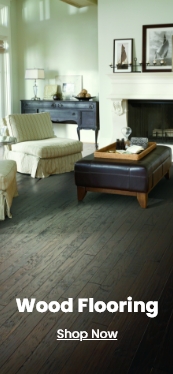
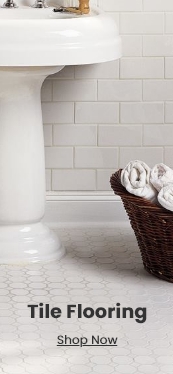














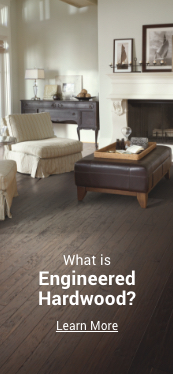

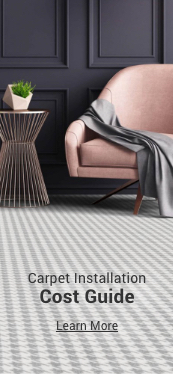
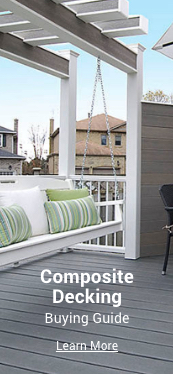


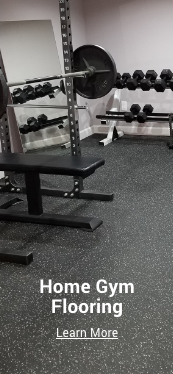







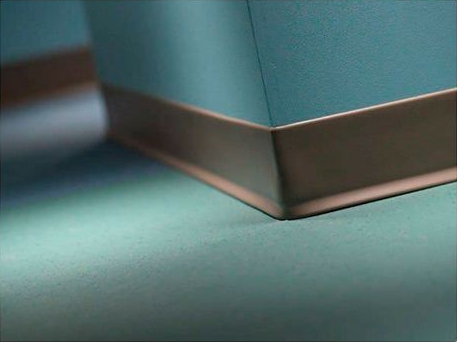



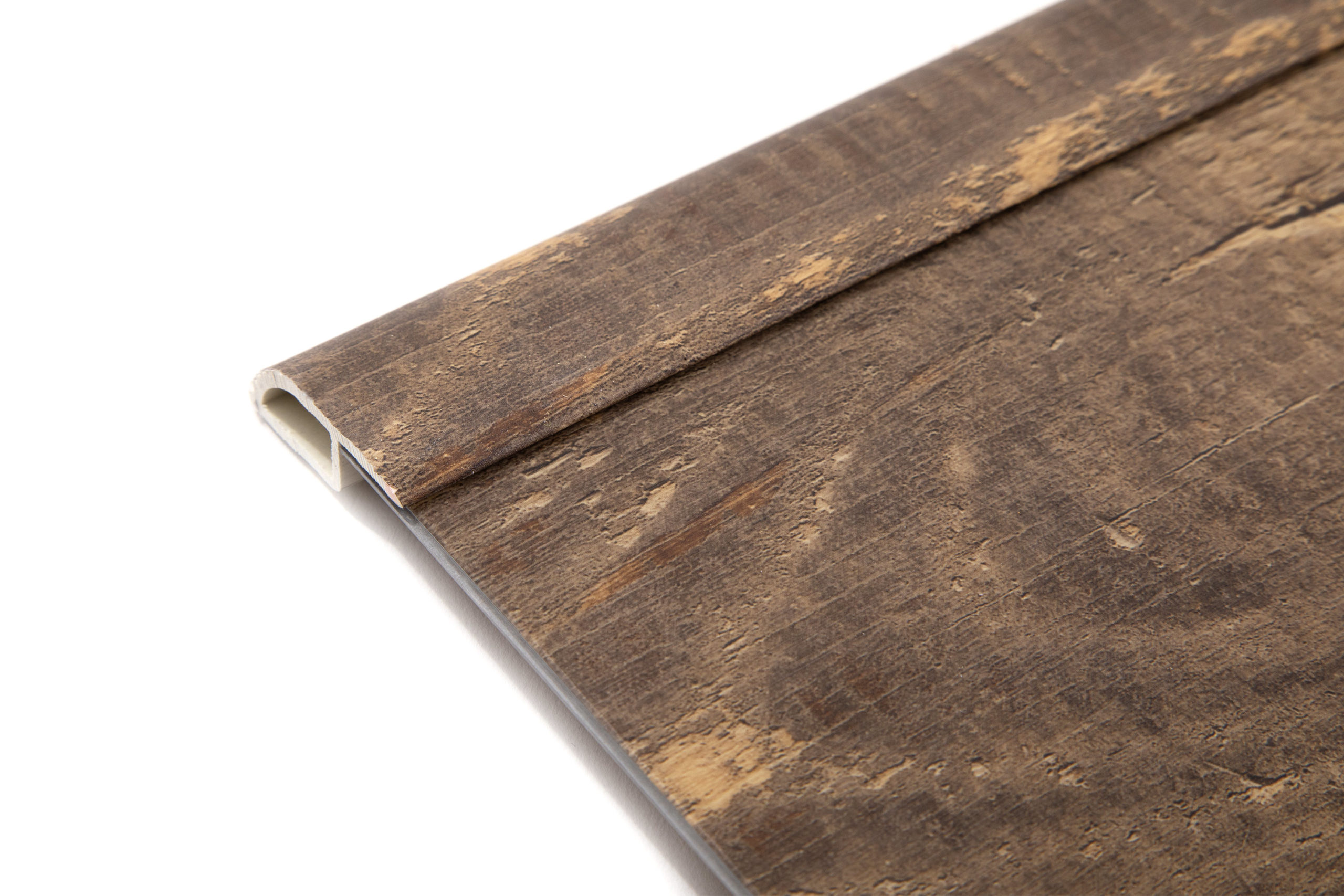



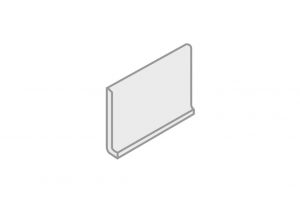


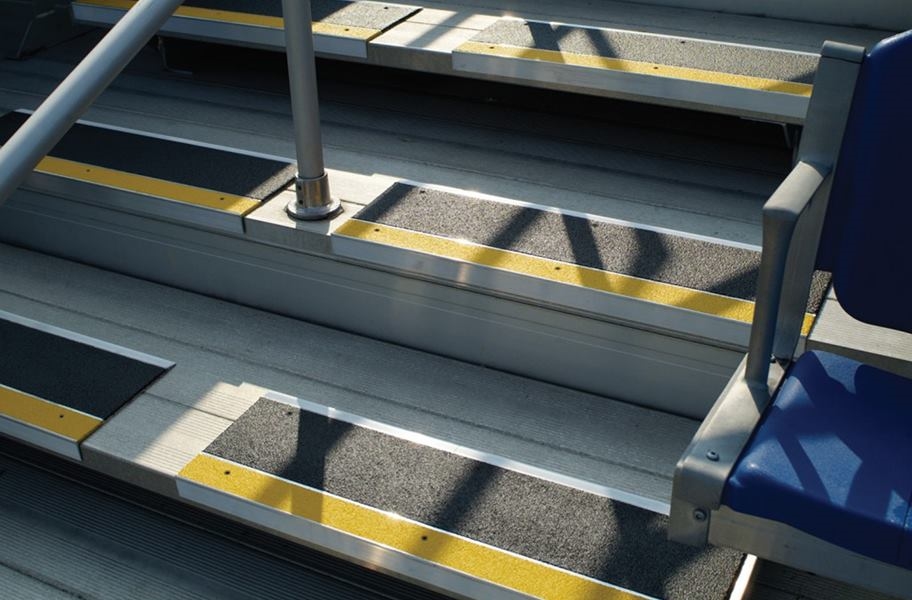



Thanks for posting this. Polymer molding has an attractive wood-grain finish, but can be stained or painted.